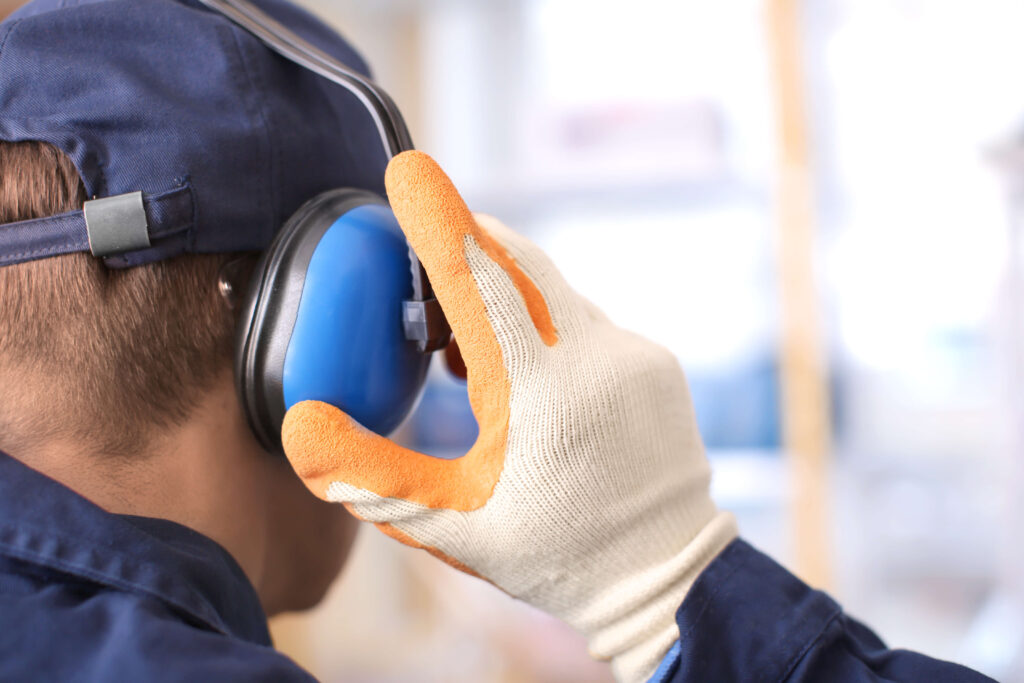
What weighs approximately 3 pounds and is comprised of three parts: a left hemisphere, a right hemisphere, and a central section? You are correct if you guessed your brain. Despite its small size, the brain controls much of our body. It governs our thoughts, memory, emotions, touch, motor skills, vision, breathing, hunger, temperature, and every other process that regulates our bodies.
With the arrival of spring and summer, we see more people on bikes, skateboards, and increasingly, e-bikes and e-scooters. Users range from young children playing to adults commuting or enjoying the weather and exercising. One striking observation is how many people, both children and adults, do not wear helmets.
From my experience, the impact of brain injuries on families and friends is devastating, completely altering lives. Not all brain injuries are alike; while some are minor and heal over time, others cause permanent damage and result in physical and mental disabilities.
Trauma to the brain, or traumatic brain injury (TBI), is caused by external forces impacting the head. This can result from falls, vehicle collisions, violence, sports injuries, or combat injuries. The consequences can be short-term, but there is a significant risk of long-term brain dysfunction.
My goal today is to raise awareness about the seriousness of TBIs and encourage safer choices both at work and at home.
This issue is alarming and should concern you as well. In Canada, every year, 166,455 people are affected by brain injuries. This translates to 465 injuries per day, or one person injured every 3 minutes.
TBI is the leading cause of death and disability among Canadians under the age of 40. Half of the 166,455 Canadians affected by brain injuries result from trauma—83,228 preventable cases each year!
TBI’s caused by use of e-bikes, e-scooters and hoverboards have increased on an average of 22% per year over the past several years.
What can we do to prevent traumatic brain injuries?
Let’s take a moment today to make thoughtful decisions that can prevent brain injuries and have a lasting positive impact on our lives.